China and Italy: Partners in Creating Prosperity
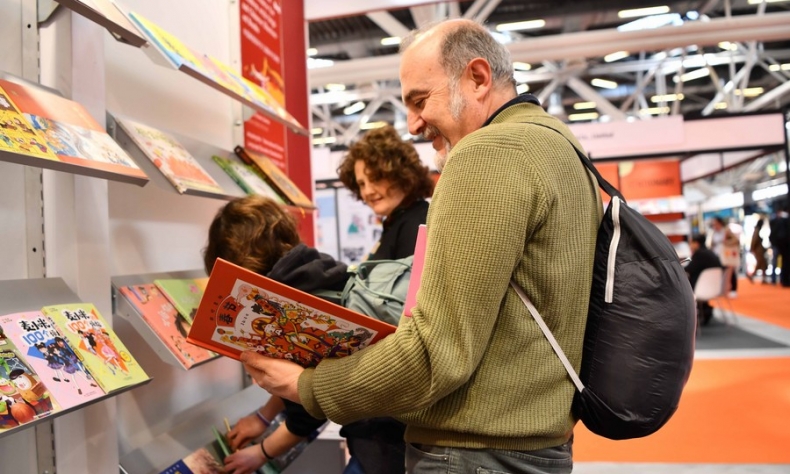
The two great ancient civilizations have the capabilities and wisdom to make the right choice and turn the road of cooperation and friendship into one that leads to development and prosperity in countries along the BRI routes.
China and Italy are exemplary embodiments of Eastern and Western civilizations. They have left indelible marks on the history of humanity, with wisdom accumulated in their interactions dating back some 2,000 years ago. The ancient Silk Road, extending tens of thousands of kilometers, bears witness to the China-Italy friendship, despite the vast distance between the two countries.
Four days after arriving in Italy in January 2023 as the new Chinese ambassador to the country, I presented my credentials to President Sergio Mattarella. Such a quick arrangement reflected the great importance the Italian government attached to its relations with China. The swift and efficient way in which my credentials were handled increases my confidence in fulfilling my mission of elevating the China-Italy friendship. I believe that the future of China-Italy relations is promising and that the two countries will further strengthen cooperation in jointly building a road to prosperity.
Political mutual trust is the underlying foundation for the two sides to jointly build a road to prosperity. Since China and Italy established diplomatic relations in 1970, governments of the two countries have attached great importance to bilateral relations and cooperation in various areas. In 2004, the two countries elevated their relations to a comprehensive strategic partnership. From 2017 to 2019, heads of state of the two countries paid state visits to each other.
Since the outbreak of the COVID-19 pandemic, people of the two countries have been helping each other to fight the virus. During the pandemic, high-level communication has also been maintained. President Xi Jinping talked with President Mattarella on the phone and exchanged letters about bilateral friendships. President Xi met Giorgia Meloni, prime minister of Italy, during the G20 Summit in Bali last November. The meetings and exchanges charted the course for the future development of bilateral relations.
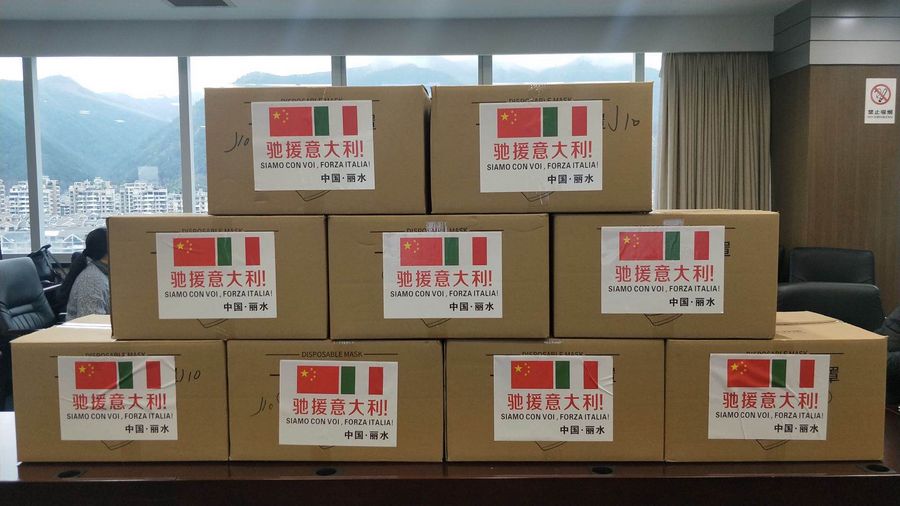
Not long ago, Wang Yi, a member of the Political Bureau of the Communist Party of China (CPC) Central Committee and director of the Office of the Foreign Affairs Commission of the CPC Central Committee, visited Italy. His trip added great momentum to the two countries’ joint efforts in cementing strategic mutual trust, and kickstarting dialogues and cooperation. It is expected that high-level exchanges between the two countries will be more frequent, and that dialogue mechanisms, including China-Italy Governmental Committee, China-Italy Joint Commission for Economic and Trade Cooperation and China-Italy Entrepreneur Committee, will be restarted, thus advancing bilateral exchanges and cooperation in various sectors in an all-round way.
Economic and trade cooperation lays solid foundation for China and Italy to jointly build a road to prosperity. In recent years, China and Italy have overcome various obstacles and strengthened their economic and trade ties. Bilateral trade hit record highs for three years in succession. Last year, the figure was US $77.88 billion. The growth was among the highest in China’s trade with European countries.
China is Italy’s largest trade partner in Asia, and Italy is the European Union member which has signed the most agreements on agricultural exports with China. The two countries have made tangible achievements in cooperation in fields including shipbuilding, offshore wind power generation, and third-party market cooperation, while bilateral cooperation in the ice and snow industry is buoyant. Meanwhile quality agricultural products from Italy, such as rice, meat, and fruit, are being served on Chinese tables, and passenger aircrafts for regional airlines made in Italy have acquired approval and are ready to be exported to China.
Italy has been active in participating in major exhibitions hosted by China, including the China International Import Expo, which has helped those competitive Italian companies in sectors like healthcare, technological innovation, and environmental protection to expand business in China. And China has invited Italy to attend the China International Consumer Products Expo 2023 as the only guest-of-honor country, which will be bound to help promote more quality products made in Italy in the Chinese market. The two sides are ready to tap into the potential of cooperation in green development, digital economy, and advanced manufacturing to boost sustained and sound development of bilateral economic and trade ties.
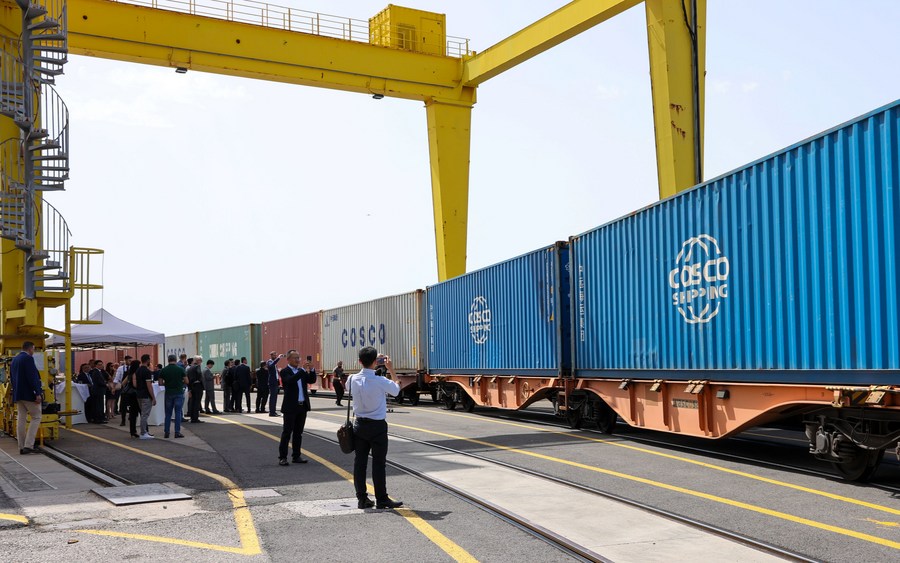
People-to-people exchanges facilitate the two countries’ joint efforts in building a road to prosperity. The China-Italy Year of Culture and Tourism was restarted in 2022, during which a range of fabulous exchange events were staged. We witnessed the historical moment when the Olympic torch was handed over to Milano Cortina at the closing ceremony of the Beijing 2022 Olympic Winter Games. “Tota Italia: Origins of a Nation,” which opened in the National Museum of China, attracted more than 300,000 visitors. Chinese President Xi Jinping and his Italian counterpart President Mattarella sent congratulatory letters to the exhibition opening.
China planned and took part in many cultural events in Italy, including Turandot and the Fantastic East by Puccini, Chini and Caramba, the Chinese Grand Canal photography exhibition, the 59th International Art Exhibition of La Biennale di Venezia, a Chinese-themed concert, and Chinese film festivals.
In 2023, China and Italy are scaling up support for people-to-people exchanges and launching a wider range of cultural events. These include celebrations for the Chinese New Year, which were staged in Rome, Milan, and Florence, among other places in Italy. Cultural events marking China’s Mid-Autumn Festival and the Chinese Bridge Chinese proficiency competitions will follow in the coming months. In addition, exhibitions featuring Chinese cultural relics and Suzhou silk will open in Italy, while leading international events, including the La Biennale di Venezia and the Milan Fashion Week, will see the influx of excellent Chinese brands.
As China has gradually restarted its outbound tourism, and Italy lifted COVID-19 restrictions, direct flights between the two countries are resuming. The number of Chinese tourists visiting Italy is expected to bounce back and even exceed pre-pandemic levels.
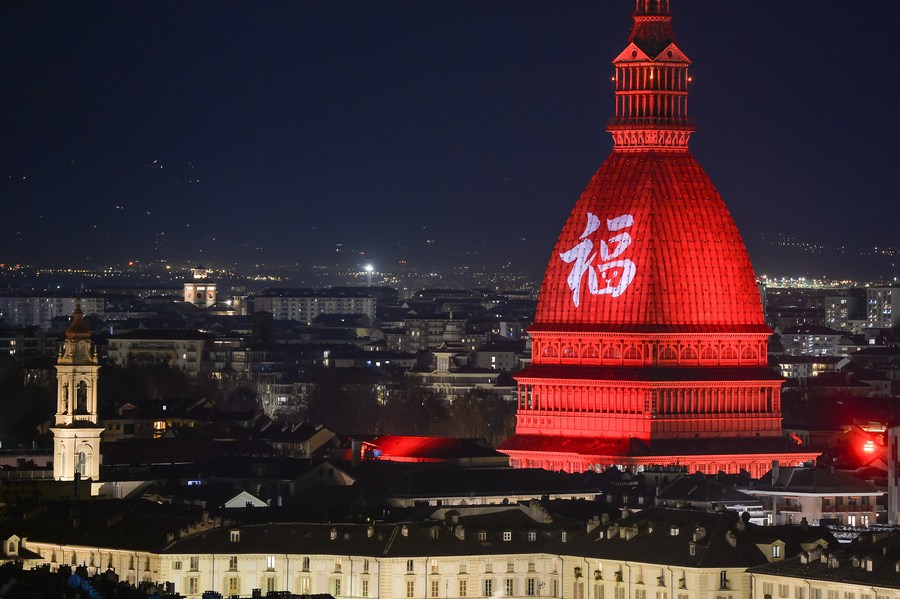
“Chinese opportunities” provide the driving force for the two countries’ joint efforts in building a road to prosperity. The CPC made it clear in the report to its 20th National Congress that China would be committed to its fundamental national policy of opening to the outside world, pursuing a mutually beneficial strategy of opening-up, and working to build an open global economy. The Chinese economy is resilient. It has strong momentum, enough room for maneuver, and ample policy tools to use. The prospect of the Chinese economy’s fast growth has been recognized by the United Nations and the International Monetary Fund. A thriving Chinese economy will bring opportunities for the global community.
Apart from a big single market and huge potential, China boasts complete and diverse industrial chains and a high-quality workforce. Its business environment is improving at record speed, while the negative list for foreign investment has been shortened from the initial 190 items to the current 27 ones. China’s manufacturing sector is now fully open to foreign investors, and services sectors are opening rapidly. Meanwhile, tariffs on trade in goods have been lowered to 7.4 percent on average, around half of the level for emerging economies like India.
And according to the World Intellectual Property Organization, China is increasingly improving its mechanism for intellectual property protection, and has moved up to the 11th place on the Global Innovation Index 2022. China’s development in such new industries as 5G, artificial intelligence, Internet of Things, intelligent and connected vehicles, virtual reality and augmented reality, industrial Internet, new energy, and low-carbon has also gained momentum. As China advances digital and low-carbon transformation, industrial sectors and businesses from China and Italy will be presented with new opportunities and development dividends they can harness to achieve rapid economic growth.
The Belt and Road Initiative (BRI) offers a platform for China and Italy to jointly build a road to prosperity. As is pointed out in the report delivered by Xi Jinping to the 20th CPC National Congress, BRI has been welcomed by the international community, both as a public good and a cooperation platform. Over the last 10 years, China has signed more than 200 agreements for cooperation under the BRI framework with 151 countries and 32 international organizations. The Pelješac Bridge in Croatia and the Port of Piraeus in Greece are good examples of China-Europe cooperation in promoting connectivity.
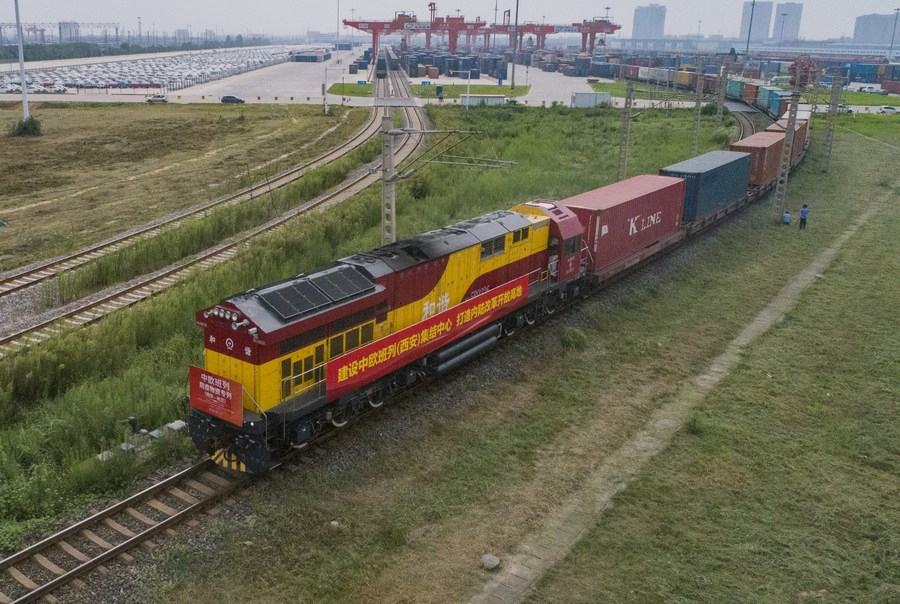
As of August 2022, China-Europe freight train services had put 82 transportation routes into operation, connecting more than 200 cities across 24 countries. From 2016 to 2021, the number of new freight trains coming into operation every year grew at an average rate of 55 percent, creating an artery connecting Asia and Europe.
China-Europe freight train services have also given rise to new logistics businesses, industries, commerce centers and industrial parks, creating a huge number of jobs for residents along the routes. In this way, the freight train services have played an important role in addressing global issues and enhancing people-to-people bond among countries along the routes.
The World Bank estimated that by 2030, BRI will help 7.6 million people worldwide shake off extreme poverty and lift 32 million out of moderate poverty. The bank added that with the initiative, participating countries will see their trade growth increase by 2.8 percentage points to hit 9.7 percent, and global trade growth will rise by 1.7 percentage points to reach 6.2 percent.
China and Italy are natural partners in jointly advancing BRI. The two sides should follow the spirit of mutual benefit, openness and inclusiveness distinctive to the ancient Silk Road. They should make continuous efforts to implement BRI with high quality, and work with the international community to align BRI with the Global Development Initiative and the UN 2030 Agenda for Sustainable Development, so as to improve connectivity among countries along the routes, boost sustainable development of the world, and create tangible benefits to more people.
I believe that the two great ancient civilizations have the capabilities and wisdom to make the right choice and turn the road of cooperation and friendship into one that leads to development and prosperity in countries along the BRI routes.
Humanity has once again reached a crossroads. We should give peace, stability, development and prosperity an opportunity to flourish. As President Xi Jinping noted, mutual respect, solidarity, harmony, and coexistence make up the right approach to the development of human civilizations. China is ready to work with the international community to champion equality, mutual learning, dialogue, and inclusiveness between civilizations. It is important that we overcome cultural misunderstanding, conflict and supremacy through exchanges, mutual learning, and coexistence, and make concerted efforts to build a community with a shared future for humanity.
Jia Guide is Ambassador Extraordinary and Plenipotentiary of the People’s Republic of China to the Republic of Italy.
 Facebook
Facebook
 Twitter
Twitter
 Linkedin
Linkedin
 Google +
Google +










